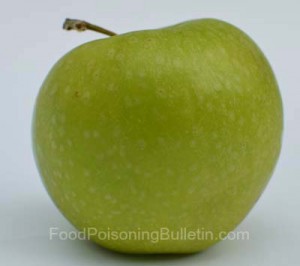New research conducted at Washington State University has found that ultraviolet C (UVC) light can kill foodborne pathogens on the surface of some fruits. This technology may be a good alternative for organic fruit processors who don’t want to use chemicals on their products and must comply with the Food Safety Modernization Act (FSMA) standards to help prevent outbreaks.
 The study was published in the International Journal of Food Microbiology. WSU food safety specialist Shyam Sablani and his colleagues decided to look at UVC light since it has a shorter wavelength than UVA or UVB light.
The study was published in the International Journal of Food Microbiology. WSU food safety specialist Shyam Sablani and his colleagues decided to look at UVC light since it has a shorter wavelength than UVA or UVB light.
Sablani said in a statement, “UVC radiation is present in sunlight; however, it is completely absorbed by the ozone layer and Earth’s atmosphere. It has germicidal properties and can be effective against bacteria, mold and viruses.”
This technology has been used in the past to sanitize food contact surfaces, drinking water, and contaminated air. The light destroys nucleic acid of microorganisms and disrupts their DNA, but doesn’t affect the chemical or physical characteristics or quality of the fruit.
The light technology words best on smoother skinned fruit and works on rough skinned fruit if the level of contamination is low. Bacteria can easily hide in the rough surfaces of fruits such as cantaloupe and strawberries, so this UVC technology alone may not be enough to kill all bacteria on those products.




